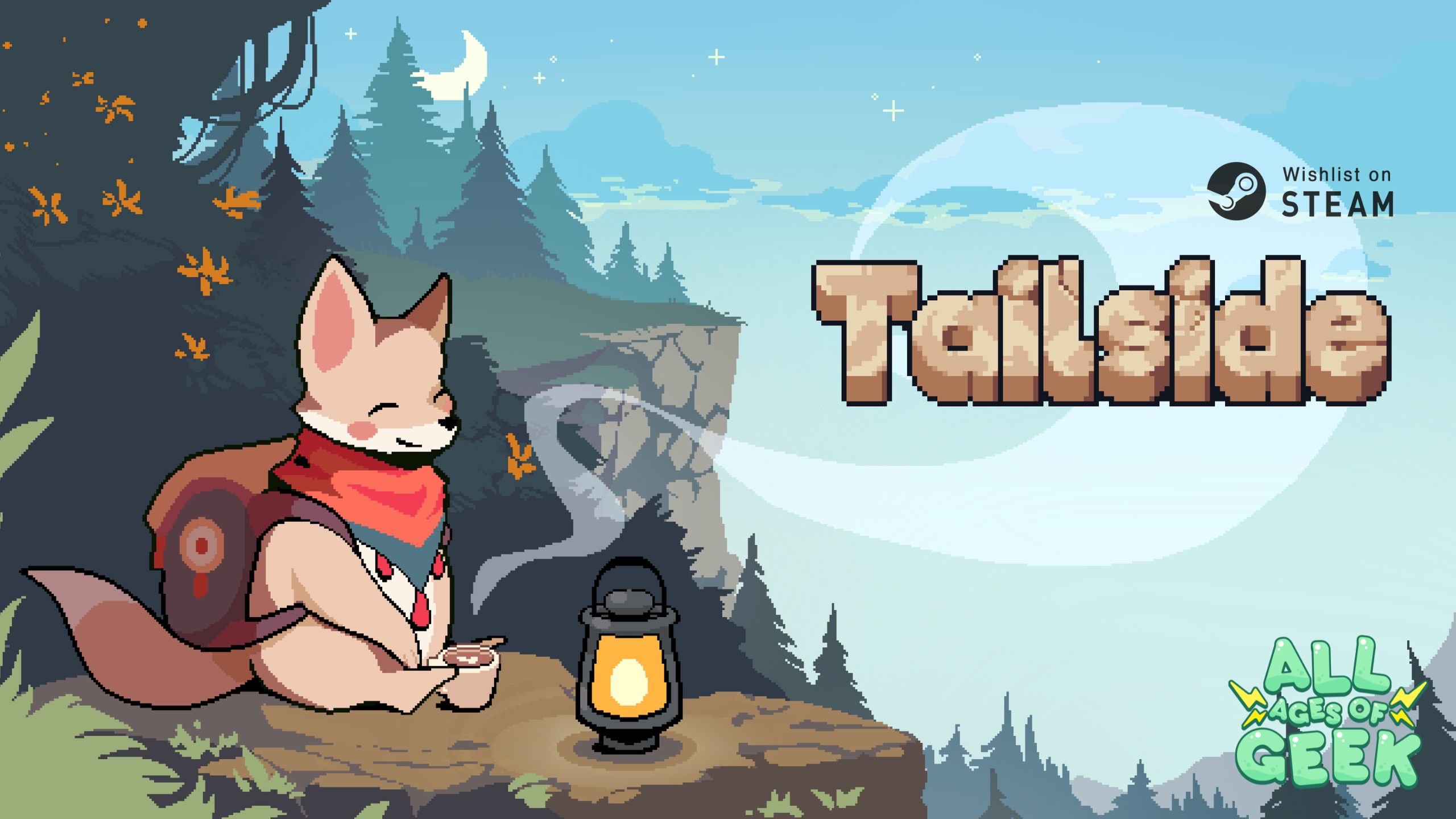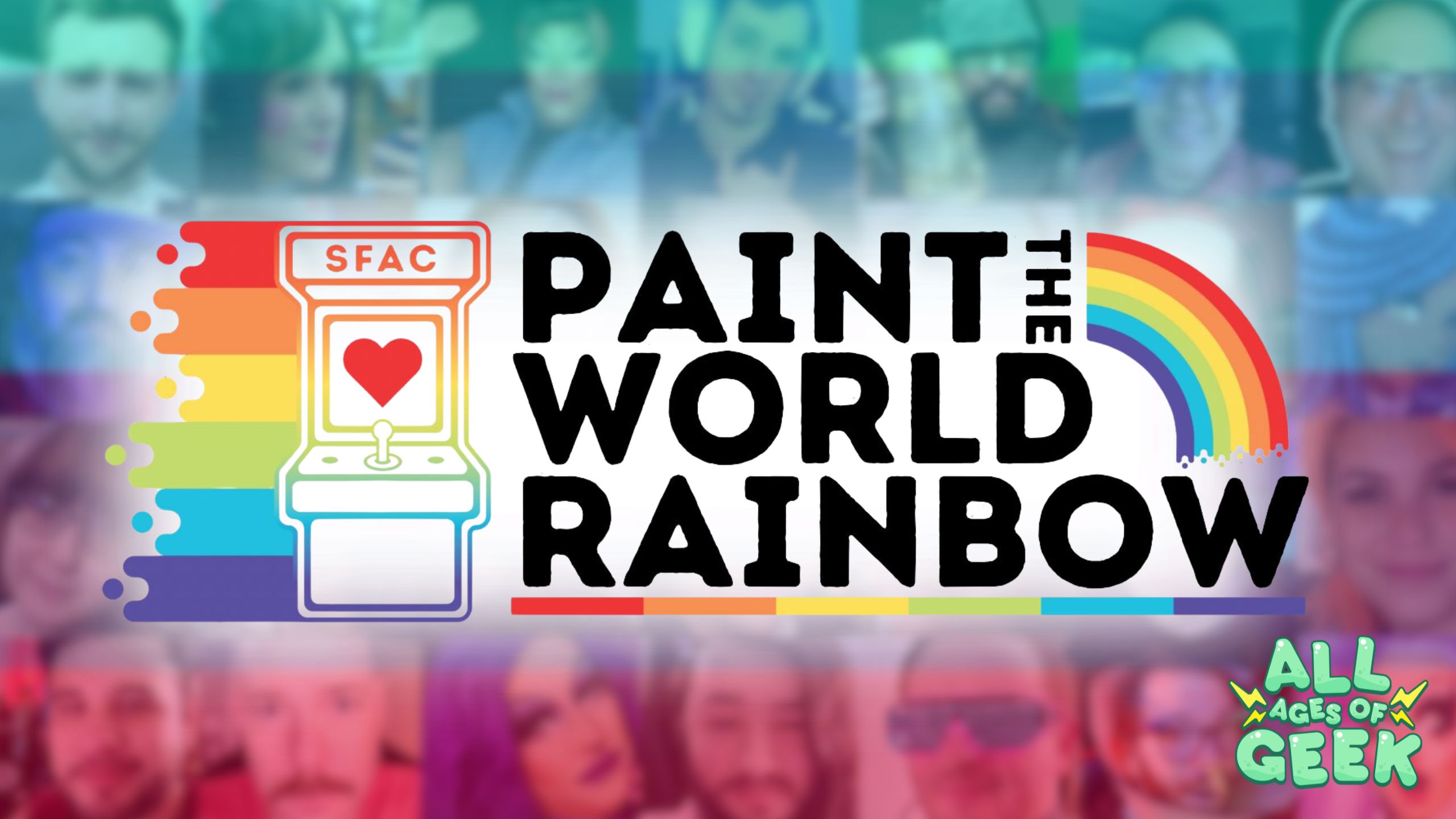[Image description: A screenshot from the Lord of the Rings movies. Fingers hold up a golden ring (the One Ring) with bold, glowing Elvish script.]
Whether you know it or not, the idea of constructed language is something that you’ve probably run into before. Even a lot of people that aren’t within the realm of fandom have.
If it’s something that most people have encountered, why have you possibly never heard of it?
Most people are familiar with constructed language, or “conlang,” through two of the most famous examples: Tolkien’s Elvish and Star Trek’s Klingon. There are countless other examples out in the wild. A more recent and famous one is Dothraki from the Game of Thrones TV series and its base books, A Song of Ice and Fire.
There’s also the very interesting example of Esperanto. It was an attempt back in the late 1800s and early 1900s to create a language for universal communication. It didn’t exactly work out as it was based far too heavily on languages found in the areas of Europe and India. However, there are now some native speakers of this conlang due to enthusiasts using it in their homes.
The reason you may never have heard of the process behind making languages from scratch is because, like many things, it’s an extremely niche topic. I feel like awareness has grown in recent years, though, thanks to the internet. Even so, it remains a relatively obscure topic.
The main people in these communities are people with an interest in linguistics, the science of the structure and function of language. This is not the learning of many foreign languages. (Knowing multiple languages can be extremely helpful when pursuing conlang, but it’s not a necessity.) Getting into conlang involves learning the entire field of linguistics which is why I called it “the hobby of insanity.”
Before we get any further, let me just say I’m not demeaning conlangers. I am, in fact, one myself. I call it “insanity” affectionately due to it just being a monumental task to take on. I’m actually a linguistics major in college specifically for conlang. It’s a lot of fun to learn the science of language and how it works at the deepest levels.
My first major exposure to conlang was through Holly Lisle’s Create a Language Clinic back in the mid to late ‘00s. It’s…really not the best system to work off of. Her approach is basically “make stuff up as you go and just throw ideas at the wall, then see what sticks.” It obviously works for her well enough and there are probably plenty of other conlangers that it works great for.
But I’ve found that to be…lacking in efficiency. So I kind of gave up on conlang at that point.
The thing that really got me back into conlang was running into several of Mark Rosenfelder’s books: The Conlang Construction Kit, Advanced Language Construction, and The Conlanger’s Lexipedia.
These are absolutely fantastic resources for anybody interested in getting started in the hobby. However, they are basically textbooks. When I started reading The Conlang Construction Kit, I struggled a lot. It basically just throws you into the lion’s den. It introduces you to some of the various fields and disciplines that you’ll need to understand.
Some of the basic fields you’ll need to get acquainted with are phonetics, syntax, semantics, pragmatics, and sociolinguistics.
I know that’s a lot of terms and I can explain them a..
Phonetics is the study of sounds and how they interact with each other. This includes studying individual sounds, how they interact with each other, how tones in languages work (look at Chinese for a prime example), and how things like how people speak can effect meaning.
Syntax is the structure of sentences. This might sound like a simple field, but it really isn’t. It goes heavily into grammar and picks out how different elements play with each other. This one is kind of difficult to describe because it’s one of the extremely theoretical, abstract fields.
Semantics studies the meanings of words. Admittedly, I am not the most familiar with this field myself, so I can’t comment on it too much in depth.
Pragmatics is basically understanding how context effects the meaning of words. It involves looking between the lines for implication and what is or isn’t meant. Agan, it’s an abstract field I’m not super familiar with.
Sociolinguistics is the study of how language and culture interact with and shape each other.
And this is definitely not all of the disciplines within the field of linguistics.
Yet you have to understand all of these to some degree if you want to be able to conlang. You have to be a jack of all trades in order to conlang. I don’t think you need to be a master of all, though. As long as you know a little bit about each field, you should be able to build a working system. It takes an insane amount of time and study to be able to understand each component then be able to put it together.
How about we go into one of the fields for a quick demonstration of just one thing that is critical to be able to conlang? Phonetics is probably the best; it’s one of the more “concrete” fields in linguistics. Plus, anybody’s that ever looked at a dictionary will at least know of the tool I’ll touch on.
That tool is the International Phonetics Alphabet or IPA.
And what is it?
You know those funny little symbols in the dictionary that supposedly teach you how to pronounce a word? It’s those little things.
Taken out of context, the IPA might not look so intimidating. It’s just a handful of symbols, right?
Well, not quite.
Those are select symbols out of the larger system. It’s part of a much, much larger scientific tool.
Think about it like the weather. What you hear on the news uses a couple of things like wind speed, humidity, and dew point which most people can understand. Then you have some other stuff like low pressure and high pressure systems used. You might have a vague idea of it. But when you dig into it more, there are so many more technical terms and features that you can use to understand the forecast better.
The IPA is kind of like that. Some symbols are easy enough to understand. Like [d] and [b]. However, a lot of it just makes you go
[Image description: The confused Will Smith meme image.]
You see things like [i] and [ɪ] then wonder “how the heck are these different? Aren’t they both just ‘ee’ sounds?” You can probably guess that [i] is the sound like at the end of “thee.” What’s not so clear is that [ɪ] is the sound like in “bit.”
If you’re already confused, welcome to dealing with the IPA. It’s an absolute nightmare to learn.
The entire IPA chart is an overwhelming mess to look at, so I’ll spare you that headache. But how about we look at just one small section of it.
[Image description: A trapezoidal shape with tons of different symbols in pairs. There are four levels going down vertically and three going horizontally. The top horizontal labels read “front,” “central,” and “back.” The four going down vertically, top to bottom, read “close,” “close-mid,” “open-mid,” and “open.” A footnote on the bottom says “Where symbols appear in pairs, the one on the right represents a rounded vowel.”]
So yeah, this is the IPA vowel chart. If it looks like a headache to learn, you’re right; it is. I won’t bother explaining how it works. The point of this is mainly just to show what learning one tool in one field in one discipline is like. There’s a lot more to the IPA and looking up the full chart if you’re morbidly curious isn’t hard. Google Image search “IPA chart full” and you can find it without difficulty.
And the thing with the IPA is just knowing what the chart looks like isn’t enough; each sound has a technical description attached to it which you have to learn. Like [i] is a “high front unrounded tense” vowel.
Yeah.
This is just a small glimpse into what a conlanger has to teach themselves.
So why would anybody subject themselves to this?
Just like with anything, it comes down to love.
A love for language, a love for history, a love for culture, a love for worldbuilding.
Language is just so much more than a way to communicate. It contains the history of the people who speak it. It contains the heart of those that know it. It connects people across the world.
And, in the context of geek culture, it’s something that can be a lot of fun. It can foster communities of people wanting to learn languages like Elvish and Klingon. It inspires wonder in the hardcore fans that somebody built these languages from the ground up.
Conlang is easily the hobby of insanity, but within that insanity is a beauty that only a small, select number of people can truly understand and appreciate.
Sources:
Wikipedia Contributors. (n.d.). Esperanto. Wikipedia; Wikimedia Foundation. https://en.wikipedia.org/wiki/Esperanto










